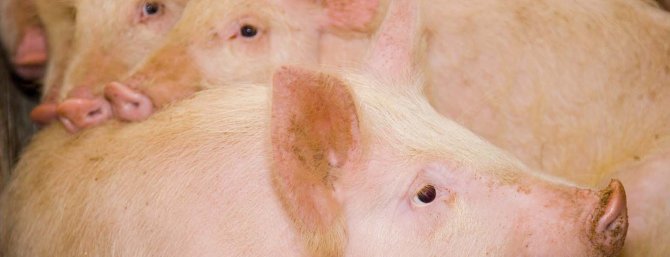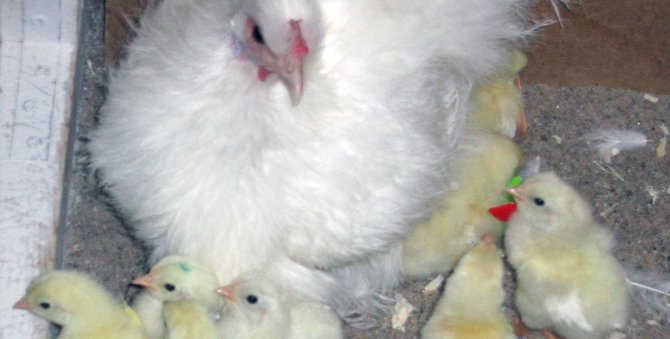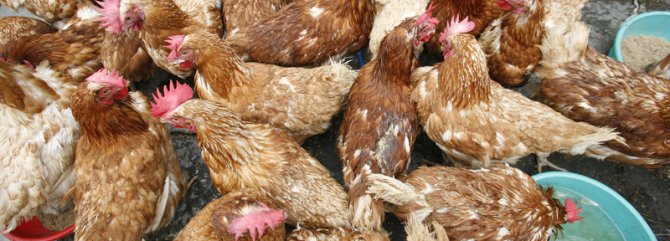Animal Welfare
In the Dutch political arena animal welfare is a major issue when it comes to food supply. Within the food supply chain of agribusiness, breeders, processors and supermarkets, a major and highly risky manoeuvre is currently made trying to reconcile animal welfare with efficient production. But might it be possible to actually achieve higher returns by enhancing animal welfare?
The issue seems to be the most important in the global debate about meat consumption and the world food supply has tended to be whether we can afford an increasing number of farm animals within the world’s current agricultural capacity. Animal welfare has traditionally played a relatively small role. The question of whether we need to recalibrate our diet towards less animal protein overall has so far been answered in the negative by the growing number of people in the world who can afford to eat meat in many societies. The welfare of animals is simply not a focal point.
Selection for high productivity sometimes leads to excessive aggression and other hostile behaviour against conspecifics
In the Netherlands and many other Western countries, however, the animal welfare issue is literally and metaphorically on the menu, and is taken seriously by industry and science alike. Legal measures and consumer preferences and perceptions are ensuring the gradual elimination of rapid-growing broilers, price stunts with meat and eggs from cage-housed hens – i.e., situations in which high-production animals are kept in suboptimal conditions – by more pleasant variants. The Wageningen scientists Piter Bijma, Liesbeth Bolhuis and Bas Rodenburg, involved in breeding, behaviour and adaptation physiology are also studying opportunities to improve the living conditions of animals. This is relevant for the design of housing systems, as well as for issues such as genetic selection. The future belongs to social animals housed in suitable environments.

Excessive aggression
Traditional breeding programmes are focused on individual winners, with the fastest-growing animals used as parents for the next generation. This ignored the effects of the other characteristics of these individual winners in their environment, notably on their peers. Selection for high productivity sometimes leads to excessive aggression and other hostile behaviour against conspecifics, ranging from tail biting and feather pecking to outright cannibalism. While beak-trimming and tail docking in chickens and pigs can limit the damage, there is growing public opposition to such interventions. Moreover, individual winners are not always the collective winners. Studies into quail bred for improved individual performance, for instance, found that, even after 25 generations of selection for growth, they had a lower weight and a much higher mortality from cannibalism, on average, than the base population.
The two study directions – focus on animal welfare and necessity of increased collective efficiency – come together in the Wageningen research into social animals. Is it possible to design animal pens so that damaging behaviour decreases and positive social behaviour is enhanced and rewarded? And can breeding be carried out in a way that results in more social and less aggressive animals? For now, the answers seem positive. For instance, selection for pigs which have a positive effect on the growth of their pen mates has led to better productivity of the group as well as a more harmonious atmosphere. By focusing on the group, rather than on the individual, performance regarding both animal welfare and efficiency, can be improved: From competition to cooperation, an approach consistent with the principles of Darwinian Agriculture.
Selection of sociable pigs in a suitable environment

Good start in life important

True natural behaviour
Stimulating true natural behaviour can also be profitable. For instance, there are ongoing experiments in more natural forms of maternal care both in chickens and pigs. Newborn piglets that must suckle in very close quarters with their mother appear to develop a greater tendency to damaging behaviour after weaning compared to piglets that spent time with a mother allowed to exhibit natural foraging behaviour. And chicks that stay with their mother longer become less anxious and are less likely to exhibit feather pecking behaviour. It is possible to create artificial alternatives for natural shelter, for instance by setting up a dark space where chicks can take refuge, as if under their mother’s wings. Overall stress in the group thereby drops significantly and standard measures such as beak trimming and tail docking are no longer needed. This, in turn, can help bring down the use of antibiotics. A number of undesired conditions, notably in the legs of animals, already occur less often. Problems and solutions alike are a combined effect of genetic predisposition and a good start in life.
Social genetic effects for survival in domestic chickens

Combining welfare, safety and efficiency
There is now a focus on combining welfare, safety and efficiency throughout the industry. Wageningen UR can only carry out this type of experiments on a limited scale and is therefore actively seeking collaboration with practical application centres and the breeding industry. Such centres can trigger more large-scale involvement by the sector, initially by bringing in more progressive farmers and parts of the processing industry. The latter can then disseminate scientific knowledge and experiences among other farmers. Science also needs to start a dialogue with society. Within the research project focused on the breeding and farming of social pigs, there are explicit discussions with groups of citizens about how pig farming should look in the future. Potential solutions based on the project are also proposed here: Social breeding versus improved housing environments.
Within the triangle formed by citizens, farmers and researchers, there is a search for the pig farming practices of the future and exchanges of ideas and opinions. These kinds of approaches are likely to become increasingly important.Ultimately, the trick will be to create a farming system that is both socially accepted and combines the best of both worlds, efficiency and animal welfare. The Wageningen researchers believe that this combination will result in a greater focus on more natural behaviour in animal-friendly group pens for more social and efficiently growing animals.